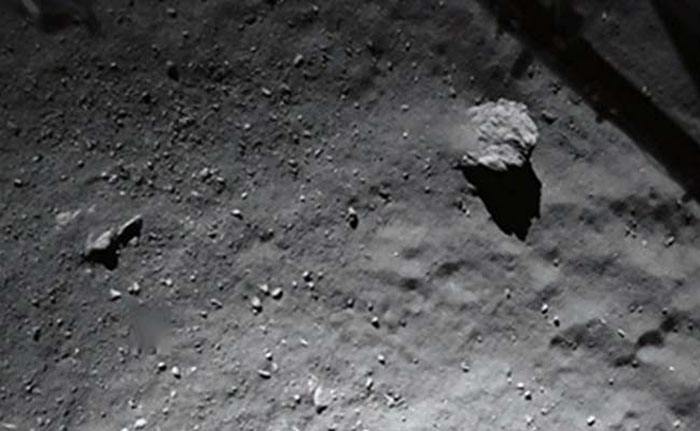Our new data from Lovejoy came from observations made in January 2015, when the comet`s close proximity to the sun had it giving off 20 tons of water per second. Boozy, sweet water.
Scientists were excited to find these and other complex molecules in the comet`s emissions. Some believe that comets helped deliver these complex molecules down to Earth, essentially seeding the planet for life.
"The result definitely promotes the idea the comets carry very complex chemistry," study co-author Stefanie Milam of NASA`s Goddard Space Flight Center said in a statement.
"During the Late Heavy Bombardment about 3.8 billion years ago, when many comets and asteroids were blasting into Earth and we were getting our first oceans, life didn`t have to start with just simple molecules like water, carbon monoxide, and nitrogen. Instead, life had something that was much more sophisticated on a molecular level. We`re finding molecules with multiple carbon atoms. So now you can see where sugars start forming, as well as more complex organics such as amino acids - the building blocks of proteins - or nucleobases, the building blocks of DNA.
These can start forming much easier than beginning with molecules with only two or three atoms."
For a while after its 2014 discovery by famous amateur astronomer Terry Lovejoy (it was his fifth find), the comet was one of the brightest seen in nearly a decade. It put on some gorgeous shows for backyard stargazers, but faded from view several months ago.
More about:
















































